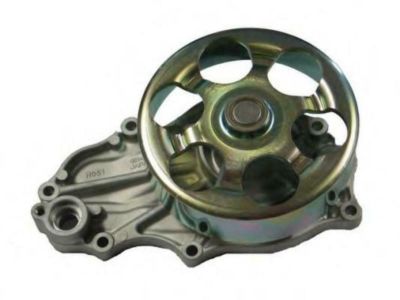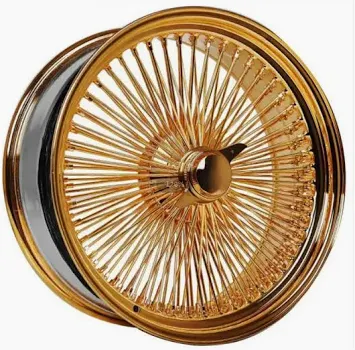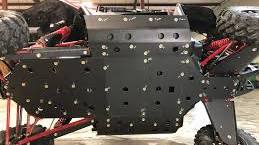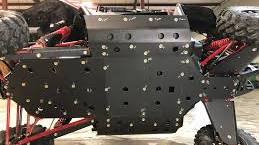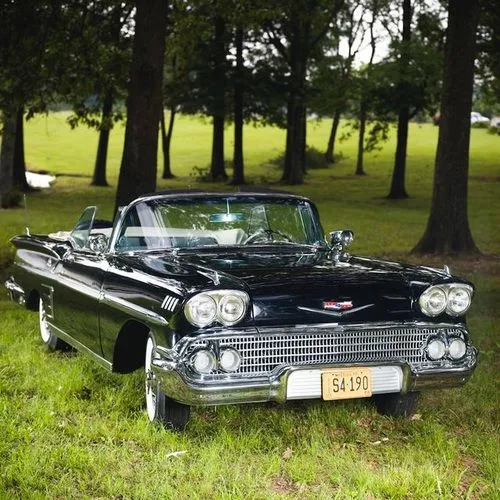About Honda Chassis
Honda is renowned for its engineering prowess, particularly in the automotive sector. When discussing Honda chassis, it’s essential to recognize the company’s commitment to innovation and performance. Honda designs and manufactures a wide range of vehicles, from compact cars to SUVs and even sports cars, each with its own unique chassis architecture tailored to its intended purpose.
The chassis of a Honda vehicle serves as the foundation, providing structural integrity, stability, and support for the vehicle’s components. It encompasses the frame, suspension system, steering mechanism, and other crucial elements that contribute to the car’s handling, comfort, and safety.
Honda employs advanced materials and manufacturing techniques to optimize the strength-to-weight ratio of its chassis, enhancing performance while minimizing fuel consumption and emissions. Additionally, Honda prioritizes safety in its chassis design, incorporating features such as crumple zones and reinforced passenger compartments to protect occupants in the event of a collision.
Furthermore, Honda continuously refines its chassis designs through rigorous testing and simulation to ensure superior performance, responsiveness, and durability across diverse driving conditions. This dedication to excellence has earned Honda a reputation for producing vehicles with outstanding driving dynamics and reliability.
In summary, Honda’s chassis engineering reflects the company’s commitment to innovation, performance, and safety, making their vehicles among the most respected and sought-after in the automotive industry.
How do you read a Honda chassis number?
Honda chassis numbers, also known as Vehicle Identification Numbers (VINs), contain a wealth of information about the vehicle. Although specifics can vary slightly depending on the model year and region, here’s a general guide on how to read a Honda VIN:
- Locate the VIN: The VIN is typically located on the dashboard near the windshield on the driver’s side, as well as on various other parts of the vehicle such as the door jamb, engine block, and registration documents.
- Understand the VIN structure: A Honda VIN typically consists of 17 characters, which can be divided into three main sections:
- World Manufacturer Identifier (WMI): The first three characters indicate the manufacturer and the country where the vehicle was assembled.
- Vehicle Descriptor Section (VDS): Characters 4 through 9 provide information about the vehicle’s model, body style, engine type, and other specific details.
- Vehicle Identifier Section (VIS): Characters 10 through 17 are unique to each vehicle and provide a serial number that distinguishes it from others produced in the same model year and plant.
- Decode the VIN: While the specific meanings of characters can vary, here are some general guidelines for decoding a Honda VIN:
- Characters 1-3: Manufacturer and country of assembly.
- Characters 4-8: Vehicle attributes such as model, body type, engine type, and trim level.
- Character 9: Check digit used to verify the VIN’s validity.
- Characters 10-17: Sequential production number unique to each vehicle.
- Consult a VIN decoder: If you want to decipher the VIN in detail, you can use online VIN decoding tools or consult resources provided by Honda or automotive organizations. These tools can provide specific information about your vehicle based on its VIN, including its model year, engine specifications, production plant, and more.
Always ensure that you’re using a trusted source when decoding VINs to avoid any discrepancies or inaccuracies. Additionally, keep in mind that VIN formats and decoding methods may vary slightly depending on the manufacturer and region.
-
-
(0)
Trail Armor Honda Talon 1000 R and 1000 X Full Skids
$775.00$634.95Trail Armor's skid plates come in easy to install panels that cover the full length and breadth of the vehicle, including the front and rear…

